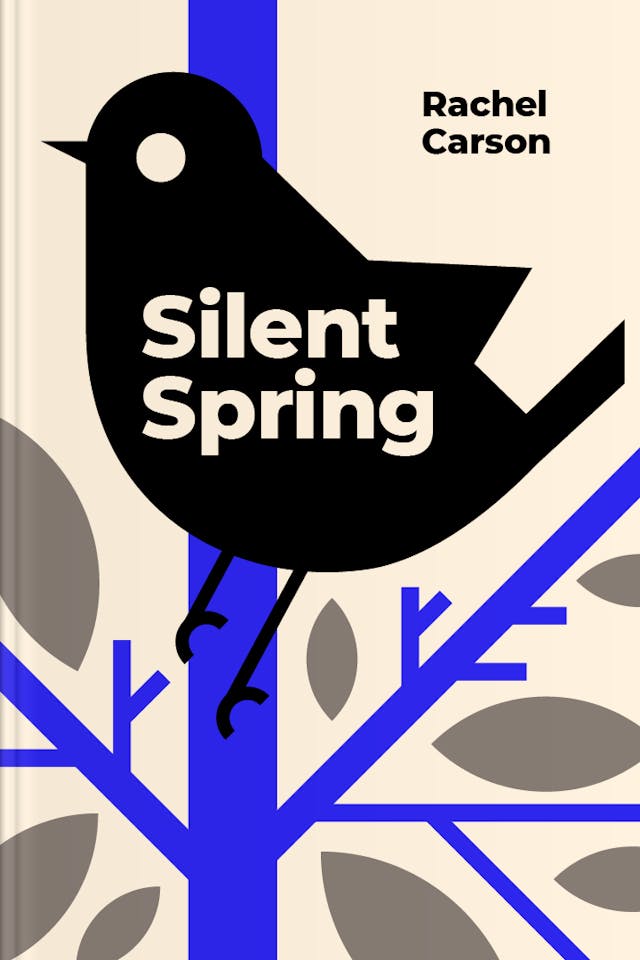You’ll learn
- How a single book ignited environmental activism
- The unseen war chemicals wage on nature
- Why DDT's "safety" was a monumental myth
- Why public resistance scares corporations
russia has launched a full-scale war in Ukraine. Donate to support Ukraine and protect the world’s peace.

first KEY POINT
In January 1958, Olga Owens Huckins, a friend of Carson, wrote her a letter. At the time, Huckins was living in Massachusetts, where the state government was actively trying to keep the mosquito population under control. Their active agent was a mixture of DDT (a pesticide) and fuel oil. The authorities initiated a program that involved spraying specific locations with this mixture; Huckins’ home was in this area.At that time, marketers of DDT and authorities made people believe the pesticide was harmless; in fact, several campaigns highlighted multiple benefits. However, on the morning that followed the spraying of Huckins’ neighborhood, she discovered that many of her favorite birds lay dead in her yard. Interestingly, the spraying did not eliminate the mosquito population in question; instead, it turned out to be counterproductive in the long run.In the wake of Carson’s public sensitization to mobilize people to back protests against the use of DDT and other similarly harmful pesticides, there arose an anticipated backlash. Carson was at no time intimidated by these standoffs from stakeholders in the chemical products industry. Nonetheless, the message of Silent Spring made it to President Kennedy, who subsequently set up a board of inquiry. Some months later, the President’s Panel on the issue submitted a report and found Carson’s claims concerning the harmfulness of chemical pesticides to be valid.
Carson brought the knowledge of ecology to the doorstep of the average American, and people understood the dire situation of things. Before long, agitations by the masses led the government at all levels to evaluate environmental legislation.This summary will bring you awareness of a particular danger — the clandestine poisoning of the earth with chemicals. You will also get to understand the various ways human activities are putting a strain on the balance of nature. Endeavor to follow this piece through to the end for proper enlightenment of how you could contribute to bringing balance to planet Earth.
second KEY POINT
The entire chronicle of life on Earth has always had chapters that border on the interaction of living beings with the environment. Essentially, the plants and animals presently thriving on the planet have been nurtured by the environment thus far. Going by the estimated age of the Earth and the activities of the past few centuries, a new normal then arises. A single species — human — has garnered enough intellect and power to cause a reversal in the early mentioned order of dependency and influence. In effect, nature is now at the mercy of humans, and the impacts of their activities are now more pronounced than ever.

Continue reading with Headway app
Continue readingfirst KEY POINT
second KEY POINT
third KEY POINT
fourth KEY POINT
fifth KEY POINT
sixth KEY POINT